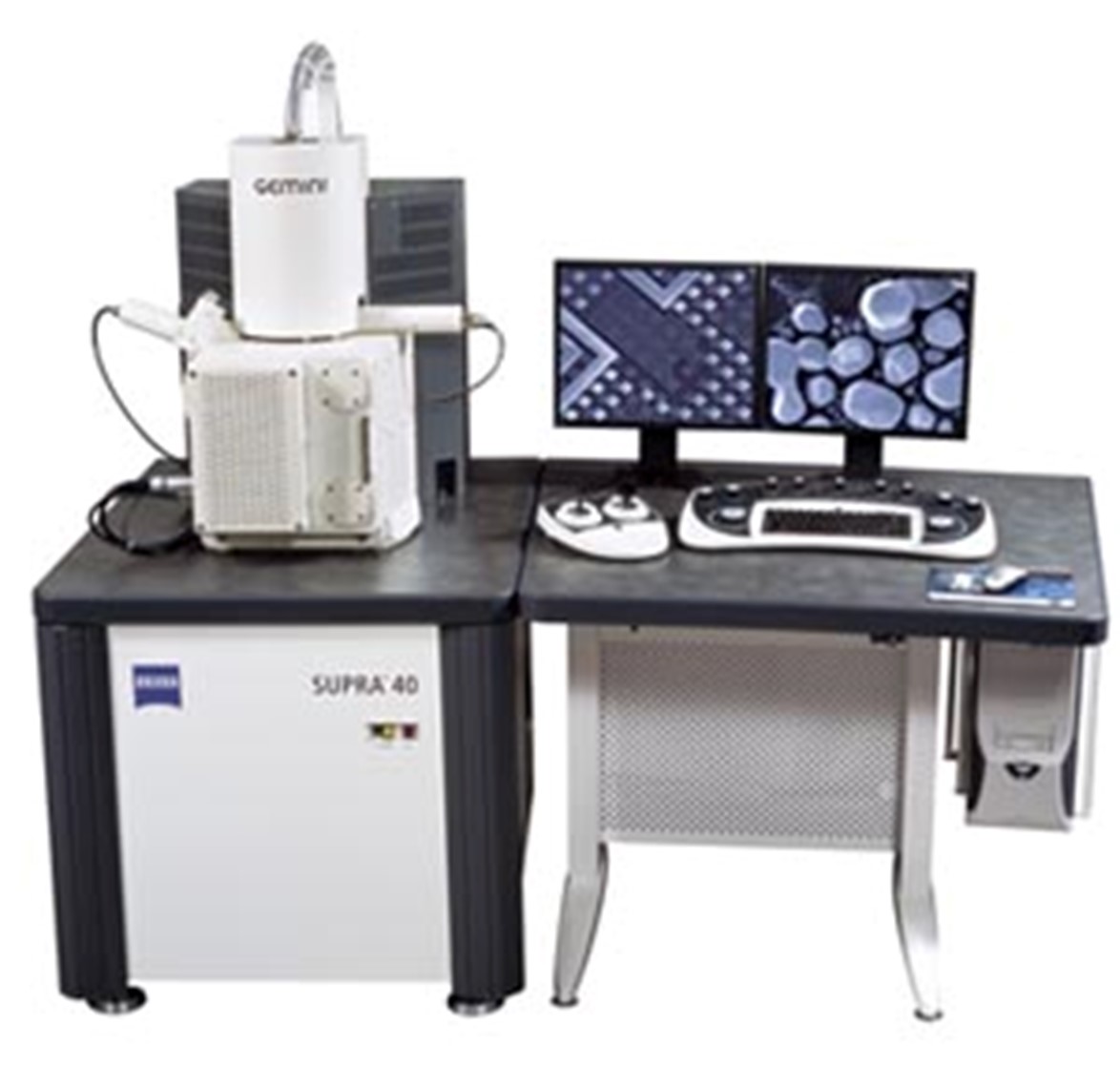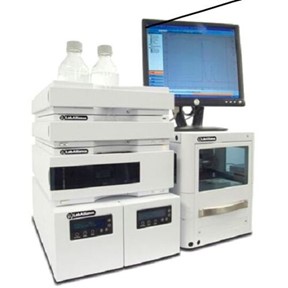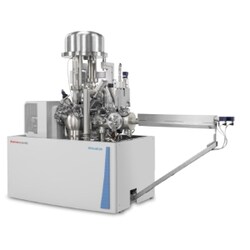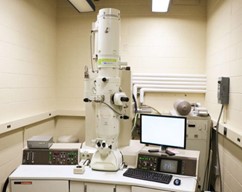Description
is an advanced microscopy technique that provides detailed topographical and elemental information at high magnifications, ranging from 10x to 300,000x. It offers clearer images with spatial resolution down to 1.5 nanometers, which is significantly better than conventional SEM. FESEM is particularly useful for analyzing small contamination spots, determining coating thickness and structure uniformity, and measuring the geometry and elemental composition of features.
The FESEM operates with a field-emission cathode in the electron gun, producing narrower probing beams at both low and high electron energy. This results in improved spatial resolution and minimized sample charging and damage. The technique is beneficial for semiconductor device cross-section analyses, advanced coating studies, and more.
Guide line for Discussion Result
Discussing the results of FESEM (Field Emission Scanning Electron Microscopy) analysis involves several key steps to ensure that your findings are presented clearly and effectively:
- Summarize Key Findings: Begin by summarizing the most important observations from your FESEM images. Highlight any unusual or unexpected features.
- Interpretations: Offer interpretations of what the observed features might indicate about the sample’s properties, such as surface morphology, particle size, or composition.
- Comparisons: Compare your results with existing literature or previous studies to contextualize your findings. This can help in understanding the significance of your results.
- Implications: Discuss the implications of your findings for the field of study or potential applications. Explain how your results contribute to the broader knowledge base.
- Limitations: Acknowledge any limitations of your study, such as the resolution limits of FESEM or any potential sources of error in your analysis.
- Recommendations: Based on your findings, suggest future research directions or potential improvements to the methodology.
- Visual Aids: Use annotated FESEM images to support your discussion. Point out specific features in the images that are relevant to your discussion points.
- Data Presentation: Present quantitative data, such as measurements or elemental compositions, in tables or graphs for clarity.
- Conclusions: End with a concise conclusion that encapsulates the essence of your findings and their significance.
Remember to cite relevant sources and follow the guidelines of the journal or platform where you are discussing your results.
Applications of FEEM
Field Emission Scanning Electron Microscopy (FESEM) has a wide range of applications across various fields due to its ability to provide detailed images with high resolution. Here are some of the key applications:
- Semiconductor Device Analysis: FESEM is used for cross-section analyses of semiconductor devices to measure gate widths, gate oxides, film thicknesses, and construction details.
- Advanced Coatings: It helps in determining the thickness and uniformity of advanced coatings, which is crucial for various industrial applications.
- Contamination Analysis: FESEM can measure the geometry and elemental composition of small contamination features, aiding in quality Biology and Medicine: control and research.
- Material Science: Researchers use FESEM for rapid material alloy identification, phase identification and distribution, and elemental mapping.
- In biology: FESEM is employed to study organelles and DNA material in cells, as well as synthetic polymers.
- Microstructure Analysis: It is also used for the study of microstructures, fracture, and structural defects analysis, which is important in materials engineering.
- Corrosion Evaluation: FESEM can be used to evaluate corrosion in materials, which is vital for maintaining the integrity of structures and machinery.
These applications demonstrate the versatility of FESEM in providing essential insights into the microscopic world, contributing significantly to scientific and industrial advancements.





